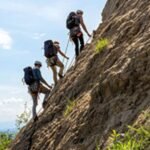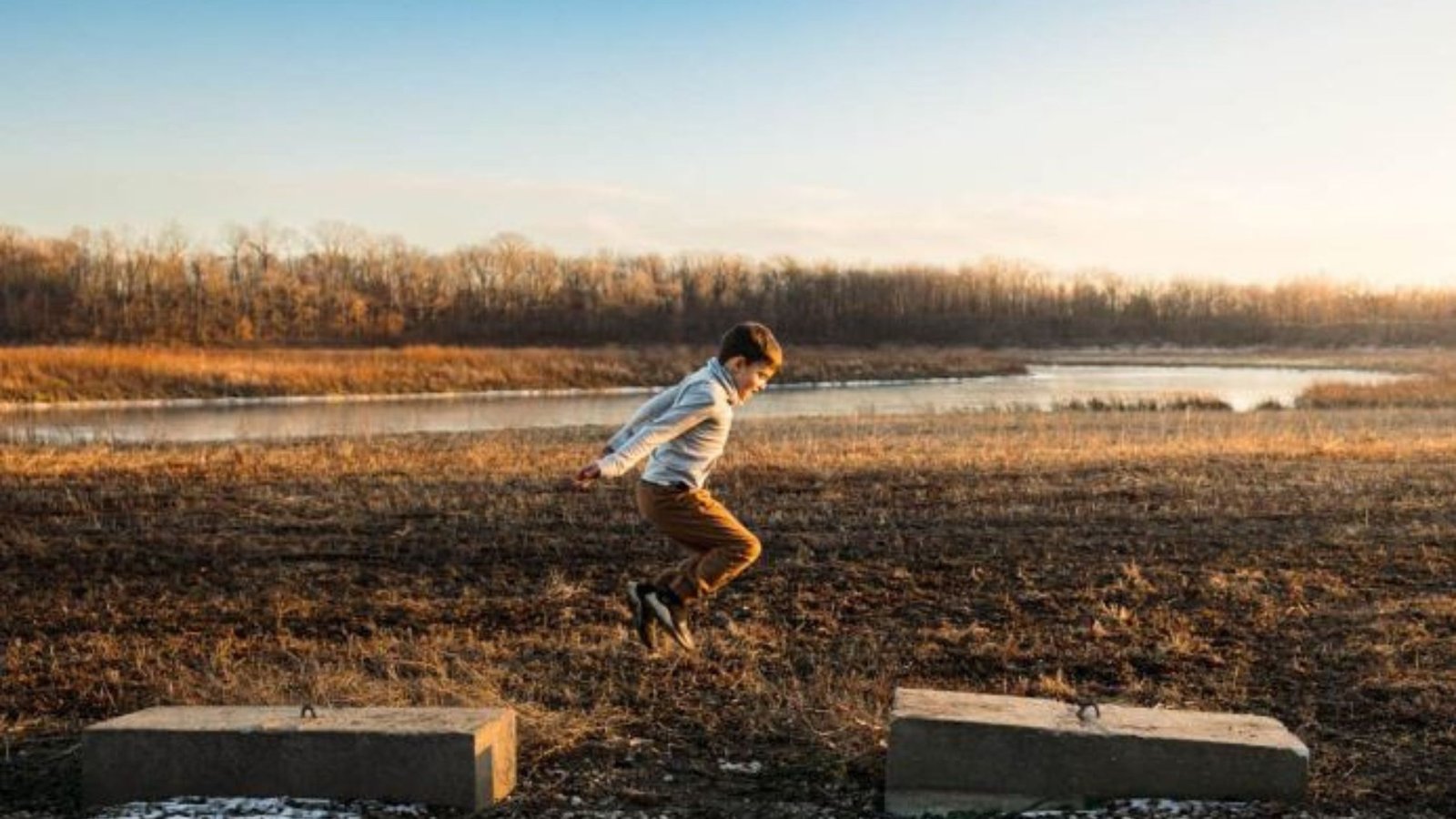Navigating the wilderness can be exhilarating and rewarding, but it’s crucial to prioritize safety at all times. Here are Best Tips for Navigating the Wilderness Safely:

1. Plan Thoroughly Before You Go
Research and Preparation
- Map Study: Study detailed maps of the area, including topography, trails, water sources, and potential hazards.
- Weather Check: Check weather forecasts and be prepared for changing conditions, including rain, wind, or temperature fluctuations.
- Permits and Regulations: Obtain necessary permits and familiarize yourself with local regulations, including camping restrictions and wildlife management practices.
2. Pack Essential Gear and Supplies
Survival Essentials
- Navigation Tools: Carry a map, compass, or GPS device, and know how to use them effectively for route finding and orientation.
- First Aid Kit: Pack a well-stocked first aid kit with essentials for treating injuries, cuts, insect bites, and other medical emergencies.
- Emergency Shelter: Bring a lightweight tent, tarp, or emergency bivvy bag for shelter in case of unexpected overnight stays.
- Water and Filtration: Carry sufficient water or a reliable water filtration system to stay hydrated from natural sources (after proper treatment).
- Food and Nutrition: Pack high-energy snacks, meals, and a portable stove or cooking system for preparing food in the wilderness.
3. Practice Navigation Skills
Orientation Techniques
- Map Reading: Learn how to read topographic maps, identify landmarks, and plot your route using map contours and geographic features.
- Compass Use: Master compass navigation skills for accurate direction finding, orienteering, and triangulation when navigating off-trail or in dense forests.
4. Share Your Itinerary and Emergency Contacts
Safety Communication
- Trip Itinerary: Leave a detailed itinerary with a trusted person, including planned routes, campsites, and estimated return times.
- Emergency Contacts: Carry emergency contact information for local authorities, park rangers, and emergency services in case of accidents or emergencies.
5. Be Aware of Wildlife and Hazards
Wildlife Encounters
- Animal Safety: Educate yourself about local wildlife behaviors, potential encounters, and how to respond calmly and safely.
- Bear Safety: Practice bear safety protocols, such as using bear-proof containers for food storage and understanding bear behavior in different seasons.
6. Practice Leave No Trace Principles
Environmental Stewardship
- Pack Out Trash: Carry out all trash, including biodegradable waste, and leave natural areas cleaner than you found them.
- Minimize Impact: Stay on designated trails, avoid trampling vegetation, and respect wildlife habitats to preserve the wilderness for future visitors.
7. Monitor Your Health and Energy Levels
Self-Care and Hydration
- Hydration: Drink water frequently to stay hydrated, especially in hot weather or during strenuous activities.
- Rest Breaks: Take regular breaks to rest, eat snacks, and assess your physical condition to prevent exhaustion or dehydration.
8. Be Prepared for Emergencies
Emergency Preparedness
- Signal Devices: Carry a whistle, mirror, or personal locator beacon (PLB) for signaling rescuers in case of emergencies.
- Emergency Response: Know basic first aid techniques, CPR, and wilderness survival skills to respond to injuries or unexpected situations.
9. Stay Oriented and Stay Calm
Stay Calm Under Pressure
- Navigational Challenges: If lost, stop, stay calm, and reassess your surroundings using map and compass techniques before making decisions.
- Signal for Help: Use visual signals or emergency communication devices to attract attention if lost or in need of assistance.
10. Respect Nature and Enjoy the Journey
Appreciate the Wilderness
- Nature Connection: Take moments to appreciate the beauty of the wilderness, listen to natural sounds, and observe wildlife from a safe distance.
- Mindfulness: Practice mindfulness techniques such as deep breathing or meditation to stay grounded and connected with nature during your journey.
By following these tips, you can navigate the wilderness safely, minimize risks, and fully enjoy the natural beauty and tranquility of outdoor adventures. Remember, preparation, knowledge, and respect for nature are essential for a memorable and safe wilderness experience.











